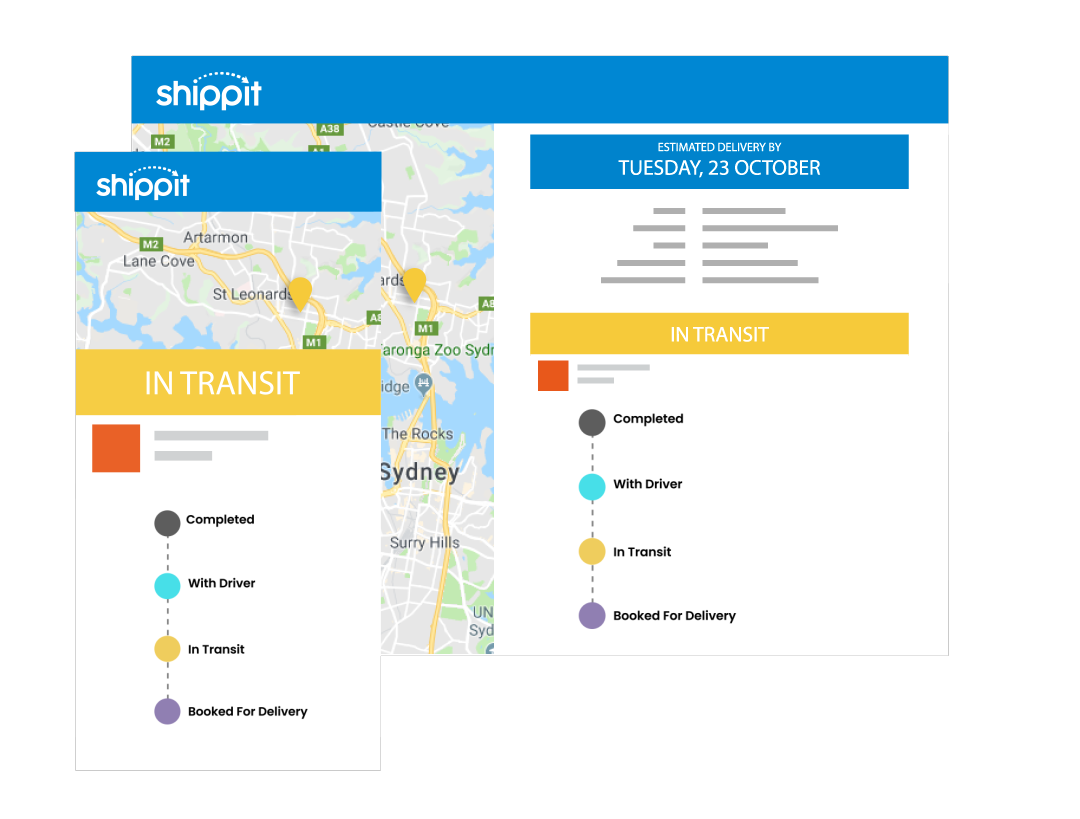You know that old adage “you must first learn how to walk before you can run”?
It sounds easy in practice: Learn the fundamentals before building a globally recognised, fast-growing empire.
But if you’re starting an eCommerce business, you may not have the luxury of taking time out to learn the fundamental principles of retail logistics and order fulfilment.
In fact, a lot of the retailers we work with at Shippit have adopted the Tony Stark approach: running before they even think about walking.
The Tony Stark approach – i.e running a million miles an hour – means you suddenly find yourself working at such a high speed that you need to learn how things work quickly – on the go.
Don’t get us wrong. There’s nothing wrong about jumping in the trenches.
On one hand, you’re getting things down and you’re literally building your empire. But on the other, you may be missing out on essential tips and tricks that will actually help you run even faster without any need to slow down.
Take a few minutes out now to learn about packing slips, picklists and manifests, and you’ll be shipping orders faster (and more accurately) in no time.
Packing Slips
Packing slips are customer-facing documents that contain details about the order including the customer’s address, what they ordered and how many of each item.
The packing slip serves a dual purpose. Firstly, it makes it super easy for customers to check that their order isn’t missing any items. Secondly, it’s a critical tool for packers.
Packing slips are not to be confused with invoices, and although they are similar, they serve very different purposes.
Invoices must include payment information, the price of the item, discounts, and other terms of payment. Most of the time packing slips are attached to the outside of a shipment, so you wouldn’t want to display private customer payment information for the world to see.
Packing slips don’t need to include payment information, but they’re critical documents that list what’s in (or should be in) any given order. Because of this, many eCommerce businesses look at packing slips as purely being an internal document, but this isn’t so!
Customers will always scan their packing slip to make sure all the items they ordered are there. This provides a great opportunity to re-enforce your brand image in your customer’s eyes by showing them gratitude or creating a quirky or funny style for the slip.
Essentials of a packing slip
Packing slips aren’t 100% required if you use shipping labels or invoices in their place, but they are helpful for packing orders. If you use a packing slip internally and for your customers, be sure to include:
- Order date
- Name of customer
- Customer address
- Itemised list of order
- Quantity of items
- Weight of items
- Company name
- Company contact information
- Packing slip/order number
Picklists
When it’s busy, and you’re treading water, picklists are your lifeline.
If you’re inundated with orders that include multiple items from different areas in your warehouse, picklists will pool together similar items so you spend less time travelling, and more time selling.
Did you know that 70% of the time taken to process customer orders is spent picking products?
If you have a lot of inventory, a high volume of orders, or both, picklists will group items by location to make picking as efficient as possible. Once items are picked, they can be sorted and packed depending on the size of the operation.
Picklists can group orders in a way that best suits your business, including:
- By order
Line items, recipient name and order number all present.
- By SKU (stock keeping unit)
Only the total number of each SKU will show.
- By location
SKUs will be arranged by location in the warehouse
- By SKU and order
Details for each individual order and SKUs
- By location, SKU and order
Details for each individual order and SKUs will be grouped by their location
60% of the average picker’s time is spent walking around picking items. 60%! And that doesn’t include packing and checking for quality and accuracy…
Essentials of a picklist
The Pickslips main service is to save the picker as much time as possible while also simultaneously reducing picking errors. Below are a few suggestions to add to your picklist:
- Product SKUs
- Warehouse location – aisle and item numbers
- Variations – colour, size, material
- Product images
- Order quantity
Sales Order Manifests
Once you’ve picked all the items for the day and packed them in the right boxes, it’s now time to ship them. This is where manifests come in.
In broad terms, the manifest groups together different sales that are ready for delivery to make it easy for the courier to track consignments and invoice retailers.
Shippit will automatically generate a manifest for every order depending on the delivery destination, speed and which courier service you choose. Manifests are then automatically shared with the courier so you won’t have to worry about manually booking couriers and manifesting orders on your own.
Find out more about manifests here.
Essentials of a manifest
If you use a shipping automation platform like Shippit, manifests are automatically created based on each consignment for the same courier.
- Consignment number
- Order number
- Destination
- Product details
- Package sizes
- Label
The Wrap
Running is business is hard work, and more than not, we don’t have the time to learn the basics of order fulfilment even though it could save us hours every day.
There are a few fulfilment documents that can save you time picking and packing every single order, and they are:
- Picklists
Save 70% of the time you spend picking orders
- Pack slips
Make it easy for your packers and customers to ensure the order is correct
- Sales order manifests
Make it easy for couriers to track and invoice you for deliveries
Want to learn more about making the most of picklists and pack slips? Chat with our team today to see how Shippit can automate this process for you.


